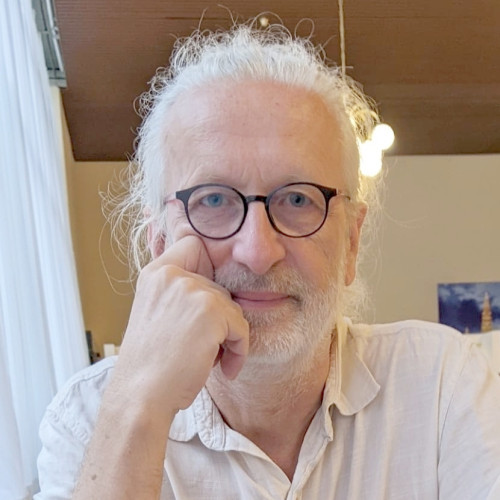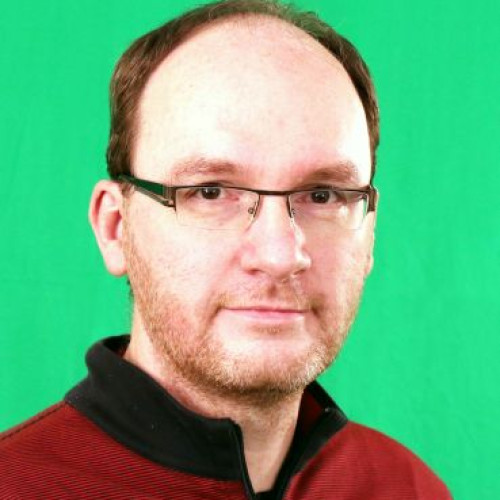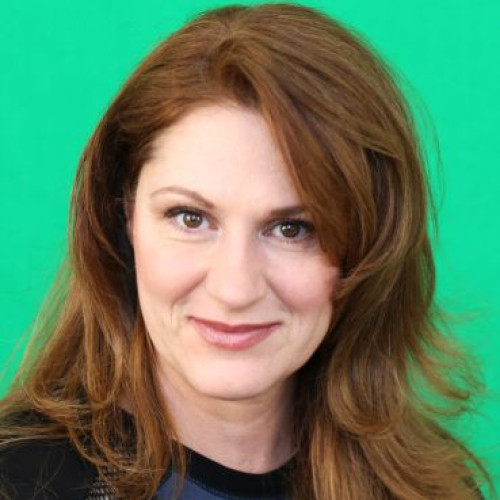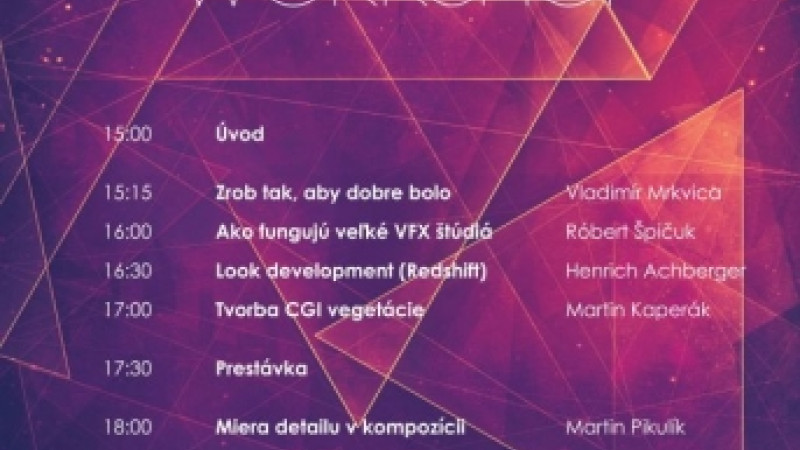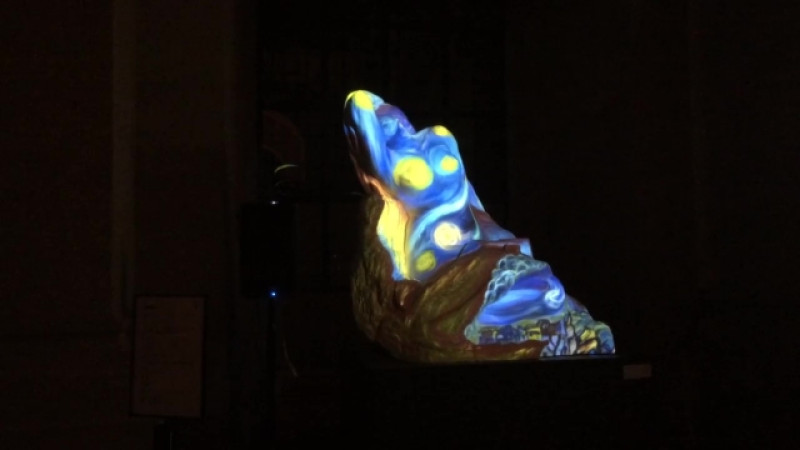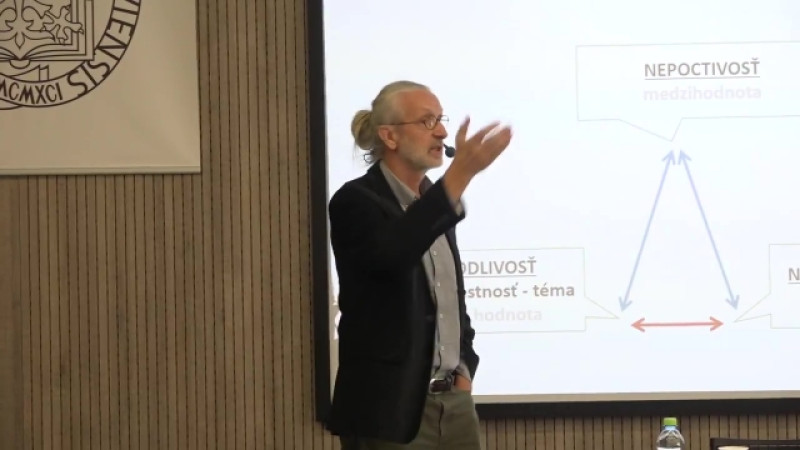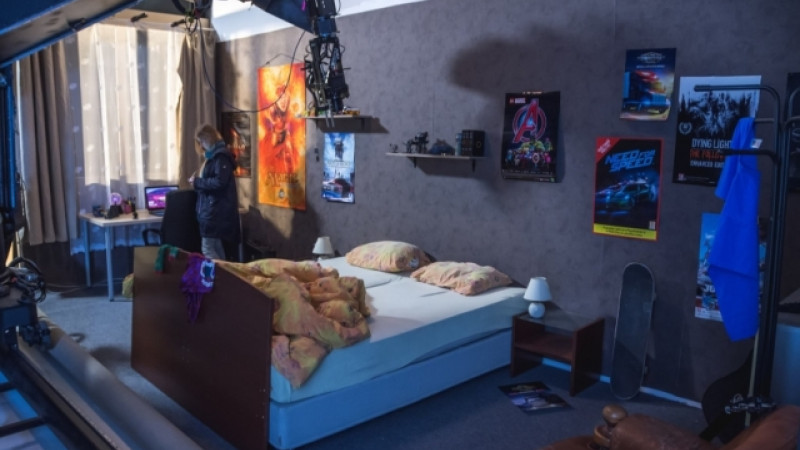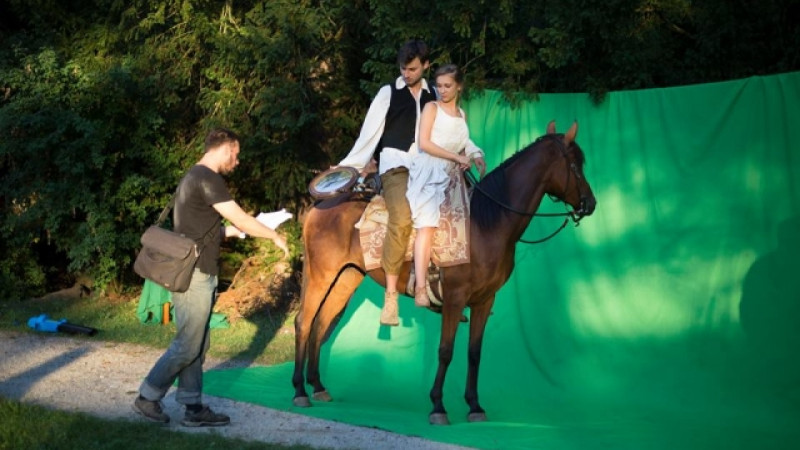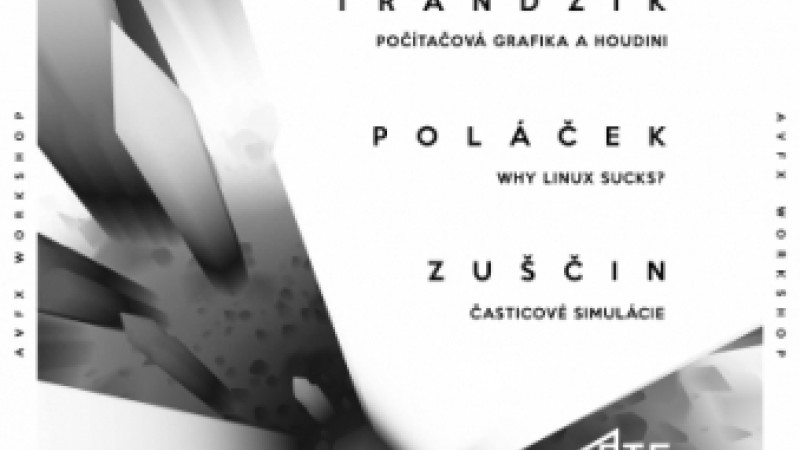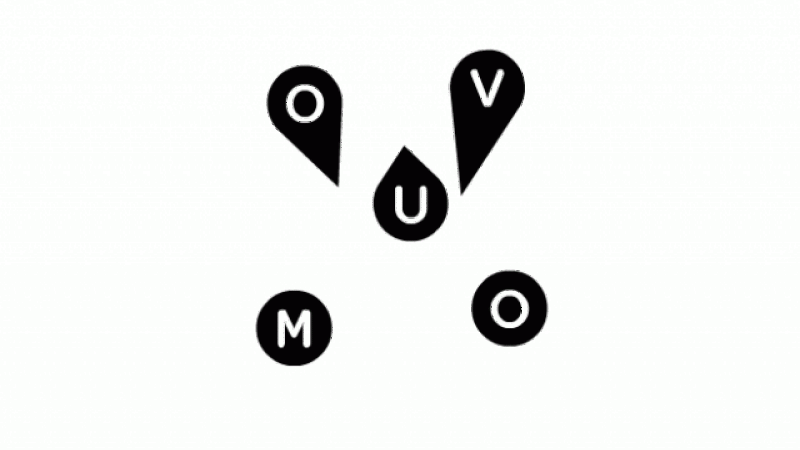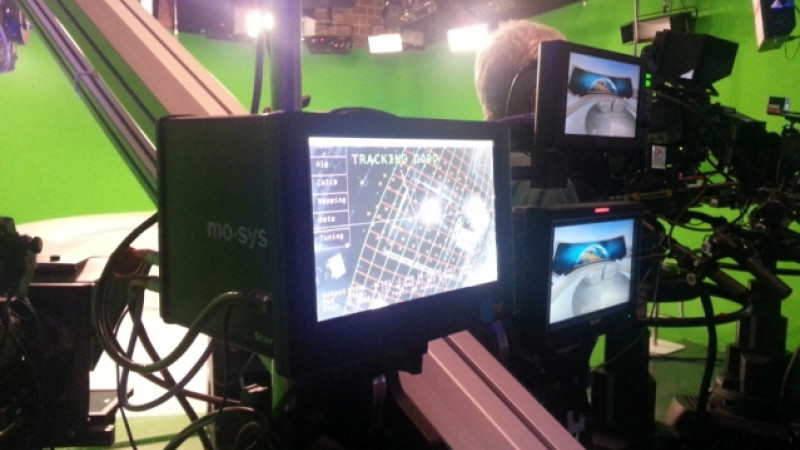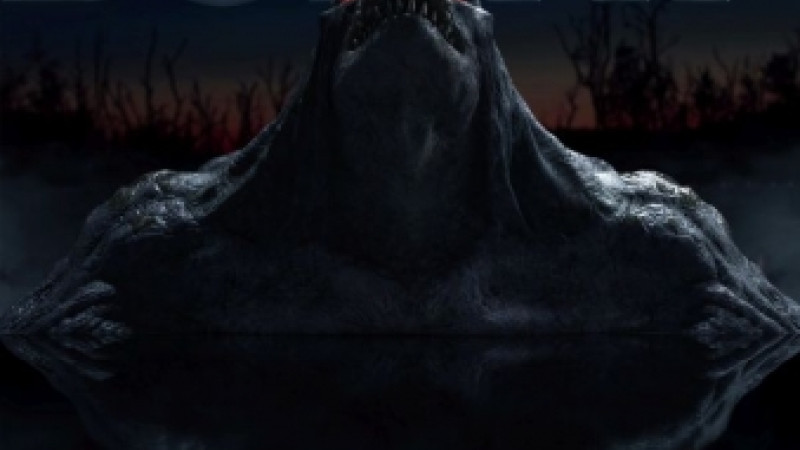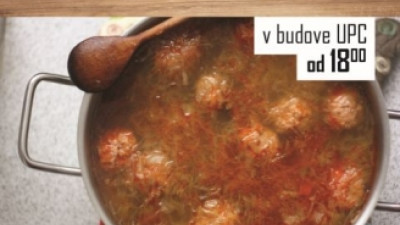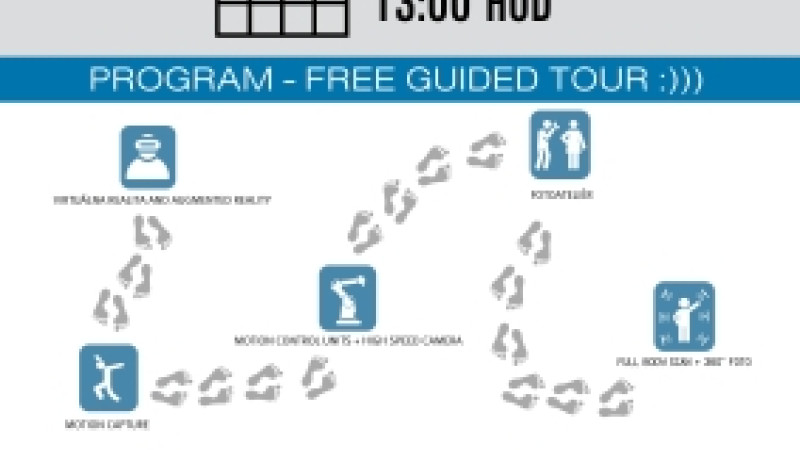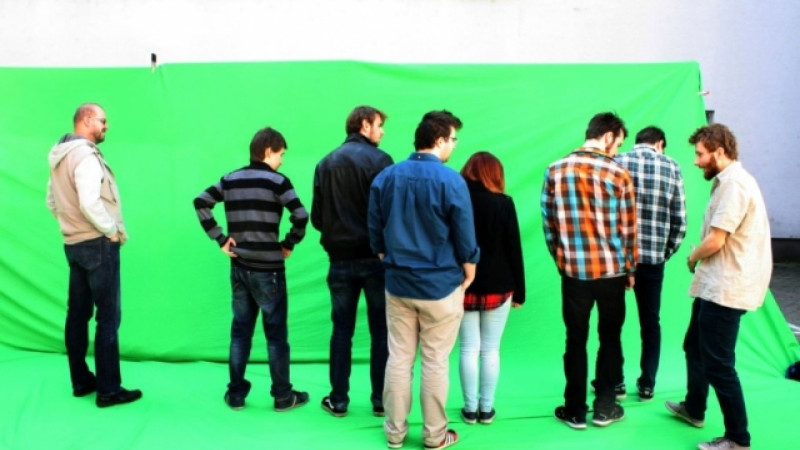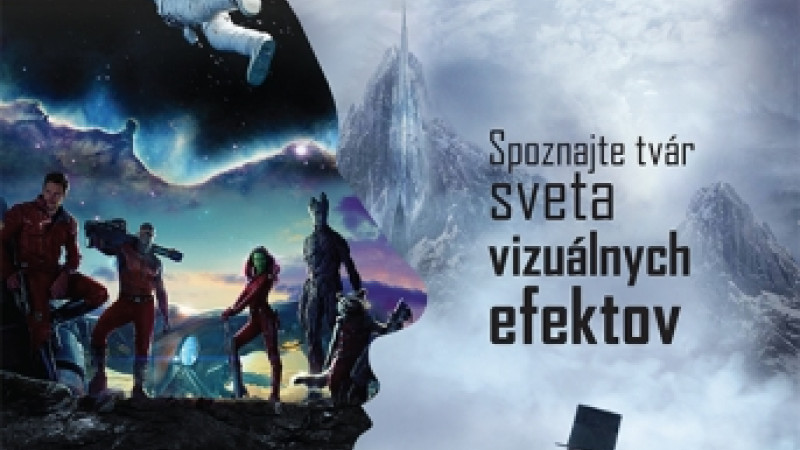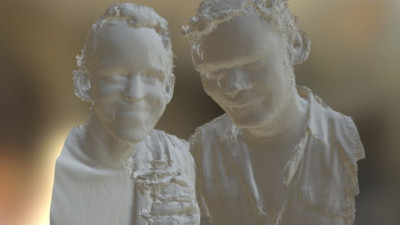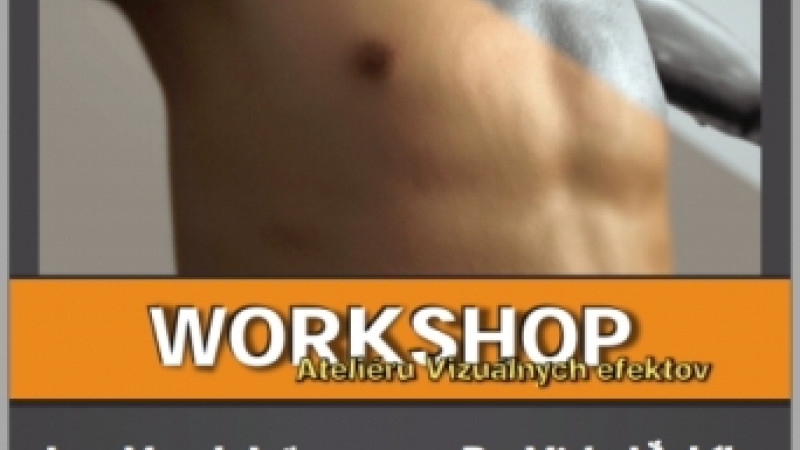
Identification of top scientific teams of universities in Slovakia.
The Accreditation Commission, an advisory body to the Government of the Slovak Republic, at its 76th meeting on 2 and 4 April 2014 in Bratislava by Resolution no. 76.9.1 approved a pilot project entitled "Identification of top scientific teams of universities in Slovakia". At the invitation of the Accreditation Commission, the universities submitted 77 proposals for assessment. On June 29, 2015, the Accreditation Commission evaluated and accepted 37 top scientific teams of universities.
The Academy of Performing Arts in Bratislava submitted 2 proposals in the 1st call for assessment, of which the Accreditation Commission accepted both proposals for the identification of top scientific teams. According to demanding, internationally accepted selection criteria, the Accreditation Commission ranked the Academy of Performing Arts among the eight awarded universities in Slovakia. The Ministry of Education supported top teams by providing a targeted subsidy for the years 2016 to 2020.
For the Top Scientific Team FTF VŠMU Film Production Studio composed of: Martin Šulík, team members: Marek Leščák, Zuzana Liová, Róbert Kirchhof, Peter Kerekeš.
For the top scientific team Visual film effects in the composition - team management: Ľudovít Labík, team members: Juraj Kilián, Ladislav Dedík, Andrea Vrábelová, Marek Ježo.
Research category of the top team of the VFX Visual Effects Studio.
Imaging Science & Photographic Technology Category Description:
Imaging Science & Photographic Technology includes resources that cover pattern recognition, analog and digital signal processing, remote sensing, and optical technology. This category also covers resources on the photographic process (the engineering of photographic devices and the chemistry of photography) as well as machine-aided imaging, recording materials and media, and visual communication and image.
Imaging Science & Photographic Technologies includes methods that detect image recognition, analog and digital signal processing, remote sensing and optical technology. This category also includes resources for the photographic process (photographic engineering and photography chemistry) as well as computer-assisted imaging, recording materials, media, visual communication and images. "
Activities implemented and supported by the top VFX team in the years 2015 - 2019.
Medzinárodná konferencia - Fotografia, medium, intermedium, postmedium v Katowiciach
Benjamin Richards - Masterclass on Virtual Production
Účasť študentov VFX na Game developers session v Prahe
Účasť na 3. ročníku konferencie v Opave
Návšteva festivalu v Londýne študentmi VFX
Účasť študentov na Splash 2019 v Prahe.
Dramaturgická konferencia v Opave II
2019 Spolupráca na Call of Duty Modern Warfare
Prezentácia AVFX na Art Film Fest Košice 2019

2019 Erazmus+ Prezentácia AVFX na filmovej škole v Katowiciach
2019 Prezentácia VFX na konferencii ASK Industry day 2019
2019 Obhajoba súhlasu s akreditáciou študijného programu Herný dizajn
2019 Konferencia VFX 2019 Premeny vizuálnych efektov
2018 Full body scan Slovak Men's National Ice Hockey Team, Ing Ladislav Dedík, ArtD.
2017 Realizácia Motion Control cvičenia
Identification of top scientific teams of universities in Slovakia: Year after
About a year ago, the Accreditation Commission (AC), an advisory body of the Government of the Slovak Republic, published the results of the pilot project "Identification of top scientific teams of universities in Slovakia". These days, subsidies have come to universities to financially support top teams. This is one of the last measures of the Minister of Education Juraj Draxler - thanks. Recently, AK published the 2nd call, continuation of this project. So there are three reasons to try to inform the public about this project. A "try" reversal is justified. AK has long sought to draw the public's attention to the fact that even at Slovak universities there are teams that have scientific results recognized in the world and which, with the creation of new knowledge, teach the creativity of their students, involve them in scientific, respectively. artistic creation and provide quality education. In the general opinion that all our universities, respectively. universities are worthless, it makes sense to know that we also have university workplaces that meet demanding international standards. AK's idea that the project would arouse serious media interest was naive. The press and television briefly reported on the awarding of top teams by the rector of Comenius University, but not on the entire project and on top teams from other universities. The knowledge that there is also a lot of quality in our education did not attract attention.
The "top science" project is also related to the brain drain, the departure of the best students abroad. We don't have statistics on how many experiences return to Slovakia. We are afraid of a minority. We consider the emigration of thousands of talents to be a much more serious problem for the country's future than the reception of a few hundred migrants. Young, talented and passionate people, if they leave and do not return, are missing and will be missing in every area of life. Such students raise the level of other students (this also applies to secondary schools in general). We, teachers and researchers at universities are increasingly missing them. A generational hole is emerging, which prevents the natural exchange of scientists at universities, SAS and other scientific institutions.
Our aim was to draw the attention of the decision-making sphere to the fact that, if we are to talk about the reform of higher education institutions (and especially action), the first step should be to differentiate higher education institutions according to their mission and quality. Information about our world-renowned workplaces should also interest employers. It is important to inform students and their parents that they can get a quality education at home. As top teams have excellent contacts with the world, it is not a problem to arrange (among other options) part of the study at top institutions abroad, postdoctoral and other work stays and other forms of cooperation, including cooperation with practice. The main idea is to fund successful teams so that they have better equipment, sufficient resources for congresses and business trips, and significantly higher salaries than the average of Slovak teachers and researchers. We need to create a working atmosphere and environment on the same level as the world. We assumed that the subsidy for top teams would be sufficient for the admission of capable domestic and foreign people to postdoctoral positions. The support of top teams is a better motivational tool for staying in our workplaces, resp. for the arrival of our (and not only our) quality people to Slovakia, as artificial government projects and the support of those who are willing to return after studying abroad. It should be the work results that decide, not the place where the graduate obtained his diploma or where he worked.
Little has been achieved about the goals, but the project is alive. The interest of the media in informing about the project and its results was weak, the response of the decisive sphere (we mean politicians) is insignificant, the interest of students is unknown. We appreciate the interest and support of the Ministry of Education, Science, Research and Sport of the Slovak Republic (already in the initial stage the project was supported by Minister Dušan Čaplovič) and this year's financial subsidy, but it is not enough for the goals we expected. It represents an amount of about 21 thousand euros this year for one team, which has an average of 5 members. Funding for next year is unknown.
How did the process of identifying top teams in the AK pilot project go and what did it bring? After a year of preparations, the AC agreed in April 2014 on the criteria, indicators and evaluation process. Following her call, the universities submitted 77 proposals for consideration, in which they assumed that they would meet the approved criteria. The smallest team that could apply for the "top" position had to have at least four members. We assume that this is a sufficient "weight" of the team in education in their field. To ensure continuity, at least one member of the team involved in his most important work had to be under the age of 40. The team had to have a clear scientific or artistic direction. The process of evaluating proposals for top teams operating at universities in the Slovak Republic has been ongoing since October 2014. It was also complicated by the fact that the evaluation overlapped with the comprehensive accreditation of universities. The workload of AK members was on the verge of endurance. Nevertheless, we dare say that the result of the assessment of the proposals was very correct.
In the first stage of the evaluation, the permanent working groups of the AK (SPS, there are 25 of them) commented on all proposals, depending on which area of research (OV) the proposed teams belonged to. The SPS proposed 44 teams for further assessment. The AC requested the opinion of other foreign experts on these proposals. Furthermore, proposals from each area of research were also assessed by members of the AC who work in other fields - such "cross checking" helped to reconcile the different views of experts in different fields. At the AK meeting in May 2015, the commission decided to accept 37 top scientific teams of universities in Slovakia.
Only internationally exceptional deeds, evaluated in three areas of criteria, decided on the inclusion among the top teams. The first relied on quantifiable scientiometric indicators such as publications and citations in the world literature, the so-called Hirsch index, important books. The second round represented the international presentation of the team in the form of invited lectures at major world congresses, leading roles in international grants, projects, works of art and other works awarded in major international competitions, membership in world scientific or artistic societies. The third area included international and national patents, realized unique technical works, new technologies, industrial designs, software, unique diagnostic and therapeutic procedures, fundamental achievements in the field of national culture, art and history with an international reach. Analytical materials prepared by team members, important for Slovakia's direction in the field of economy, social status and development of society and planning, were also assessed. It was not necessary to report significant results within each heading, nor in all three headings - the AK determined the degree of their implementation, taking into account the area of research in which the team operates. Emphasis was placed on the results of doctoral students trained by team members.
It is often said that "commas" and points are collected at universities for each, often worthless output, without real scientific value or practical application. No extensive parameters were applied in the AK project. Neither the total number of team publications nor the total number of citations in the scientific literature played a role. Only a few of the most important publications were evaluated, depending on the number of team members. A four-member team, e.g. reported two papers for the entire period of activity with a significant citation response, plus 8 significant publications for the last 6 years. The assessment of the significance of the works was based on the so-called impact factor (IF) of the field according to the World Web of Science (WOS) database. IF, simply put, shows the average world citation rate of publications over a period of time, usually two years. If the IF in the given OV had a value of 2 (applies approximately to chemistry and ecology, for example; it is higher in some biological and medical disciplines, lower in engineering and especially social and humanities disciplines), the publication was considered significant work for the entire period of team members. , cited more than 100 times. Such work already influences the direction in the field. By way of illustration, there are few departments at universities in the Slovak Republic where more citations are requested in the proposal for appointment as a professor - but not for a single job, but for all his outputs together. Each of the major publications published in the last 6 years had to be cited at least 10 times. If the IF was lower or higher than 2 for a given department, the limit values were adjusted proportionally in accordance with the WOS data and were therefore different for each OV. These indicators were quite well quantifiable. Others required careful expert judgment. This is somewhat subjective, but on the other hand it is a possible way to accept top teams, their outputs and important works in areas where scientiometric parameters are not well enough to use. The scientific and social reputation of the members of the AC and its working groups, which bring together more than 250 experts, including experts from abroad, is a prerequisite for their responsible and qualified assessment. The course and results of the project are on the AK website.
Someone considers the criteria strict. We do not think so, rather we consider them rational. Returning to the highly cited works, 100 responses per publication, e.g. there is enough in chemistry, but it does not represent stellar performance if such articles require only two for a four-member team. The fact is that some accepted teams have published several works, especially in chemistry, but e.g. also in medicine, biology and mathematics, which have been cited more than 500 times, and even more than a thousand times. These are really works that influence world science. The teams also carried out several excellent technical works, developed diagnostic and therapeutic procedures, important historical and linguistic works set in a European context, remarkable works of art, etc. AK identified the most top teams (4 - 6) collectively in technical and engineering OV, in physics, chemistry, medical sciences, mathematics, art, three in humanities and life sciences. It is a wide range of disciplines. The UK has the most top teams in Bratislava (19), TU in Košice (5), STU in Bratislava (4) and UPJŠ in Košice (3), two VŠVU, VŠMU and finally one TU in Zvolen and UMB in Banská Bystrica. The success of the first four universities is not surprising, they also appear in some international evaluations.
The first attempt (2005) to identify top teams was the evaluation of physics workplaces, which was made by a civic association led by prof. Vladimír Bužek. It was based on internationally recognized performances, including significantly cited works, Hirsch's index, identification of scientific schools, in the preparation of doctoral students and was an inspiration for AK. Based on an order from Comenius University (as well as SAS), it identified its top ARRA teams, based mainly on scietiometric indicators. The AK methodology is much broader, based on other principles and better enables evaluation, especially in the social sciences, social sciences and arts, and to some extent also many aspects of evaluation in technical fields. No such evaluation has yet had an impact on the functioning of top teams. The AK initiative seems to turn out a bit better.
Slovak science is in the last place in the EU countries in obtaining prestigious ERC (European Research Council) grants and lags behind in other parameters as well. This will remain the case unless science is better funded, but especially if it is funded regardless of quality. The government should primarily fund individuals and teams that have gone through the first rounds of ERC evaluations, although they have not finally received European support. As far as higher education institutions are concerned, the number of students still plays an important role in the distribution of funds. The long-preferred mass education is a gravedigger of quality. Top teams of universities, if properly supported, can contribute to creating a breeding ground for success in the competition for ERC grants and Horizon 2020 programs. The project "Identification of top scientific teams of universities in Slovakia" could also contribute to this, she took her advisory body, such as AK, seriously.
Lubor Fišera, Miroslav Urban,
university teacher and chairman of AK university teacher and member of AK

